Farmland Wading Birds Information Note: Curlew (Numenius arquata)
Whaup (Scots), Guilbneach (Gaelic)
Download a pdf copy of this Information Note
The curlew is the largest farmland wader in Europe and can be found around the entire UK coastline. The curlew population has declined by 59% in Scotland from 1995 - 2018 and is a red-listed species of conservation concern in the UK. It is one of the UK’s highest conservation priority bird species. The most recent population estimate for Scotland is 58800 pairs (Foster et al. 2013).
Characteristics
- Large wader with a distinctive long, curved bill, which they use to probe soft soil to forage for earthworms, leatherjackets, beetles, spiders & caterpillars.
- Long, blueish legs and mottled brown and grey feathers
- In flight it shows a white wedge on the rump
- The Curlew has a bubbling eerie, “cur-lee” call announcing in display flights over breeding areas (Click here to hear calls)
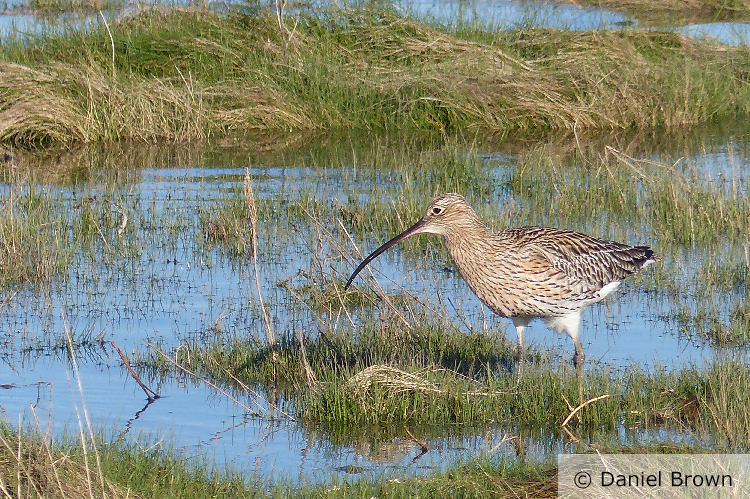
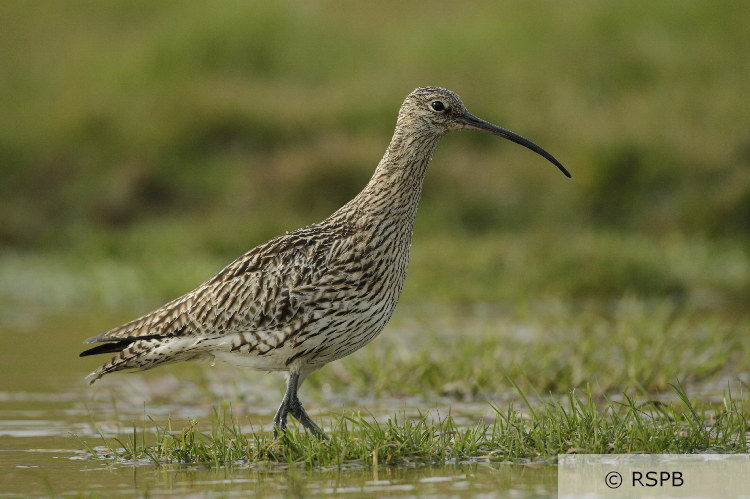
Habitat preferences
- Spend winter near the coast and typically return to breeding areas in March.
- Favor upland areas, many breed on heather moorland & peat bogs.
- Also in farmland in the upland margins and lowland areas, mainly nest in grassland fields, but also amongst arable crops
Nesting behaviour
- Lay eggs (up to 4) in early May, with the chicks hatching in early June.
- Later breeding period compared to other waders, is linked to the need of taller vegetation cover for nesting (15cm+).
- Nests in tussocky or rushy pasture, heath or bog, hay or silage crops or growing cereals
Key considerations
- Crofters/farmers can contribute to the survival of wading birds.
- Farming is essential to maintain the mosaic of grassland and wetland habitats curlew needs.
- Legal predator control (of foxes, crows, stoats, and weasels) can increase Curlew breeding success and abundance
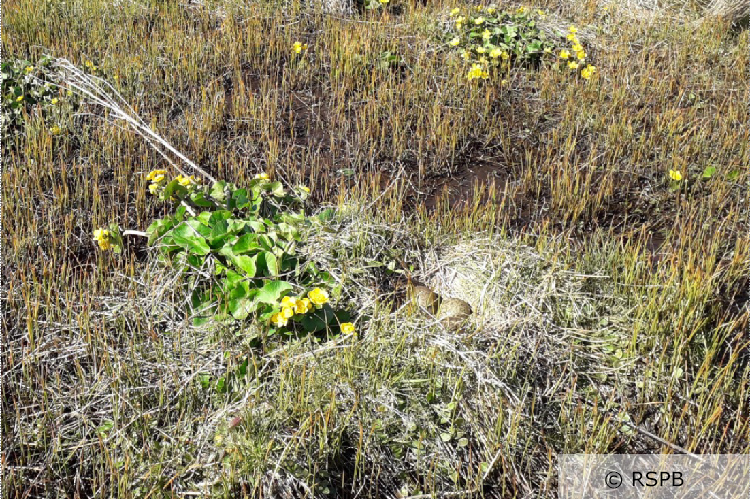
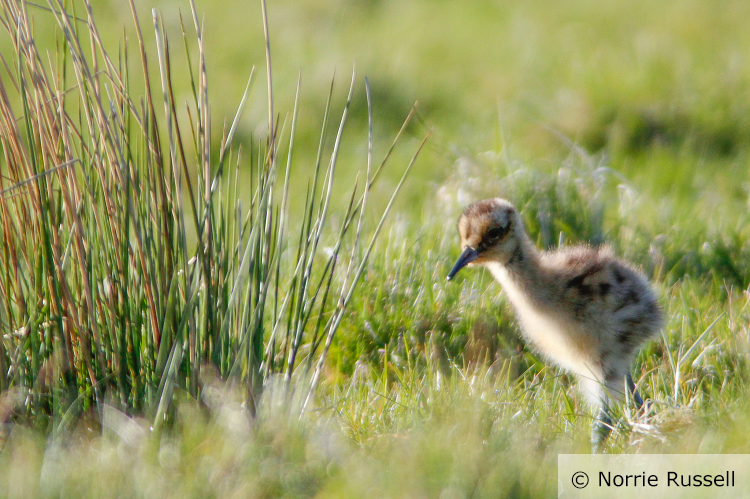
For further information, search for waders at the following sites:
Scan this QR code or click he re to link to a recording of the distinctive, alarm call of the Redshank
re to link to a recording of the distinctive, alarm call of the Redshank
Download a pdf copy of this Information Note
Practical management options
- In general, provide taller vegetation cover (ca. 15cm+) with soft, easily probed soil in grassland, rough grazing or arable fields with low levels of disturbance from livestock or machinery during breeding season.
- Keep the stocking rate <1LU/ha (and preferably lower) between April to June.
- Do not roll or cut grassland between 1 April & 30 June.
- Retain or restore rough damp grasslands and traditional hay meadows.
- Creating patches or strips of taller vegetation (e.g. field margins) in fields used by nesting waders could reduce the predation risk.
- Retain established moorlands and do not convert to improved grassland (e.g. by drainage, liming, fertilising or re-seeding)
- Create open, shallow pools or scrapes within the pasture to hold water from March –June.
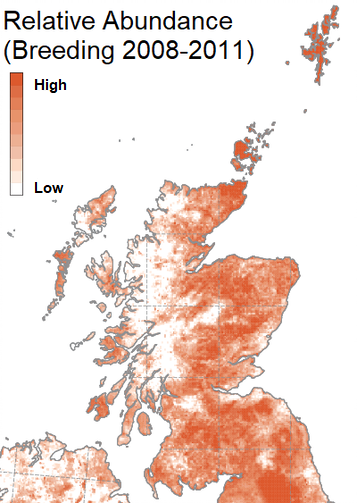
Curlew abundance in Scotland during the breeding season. Map reproduced from Bird Atlas 2007–11, which is a joint project between BTO, BirdWatch Ireland and the Scottish Ornithologists’ Club. Map reproduced with permission from the British Trust for Ornithology.
Sign up to the FAS newsletter
Receive updates on news, events and publications from Scotland’s Farm Advisory Service
